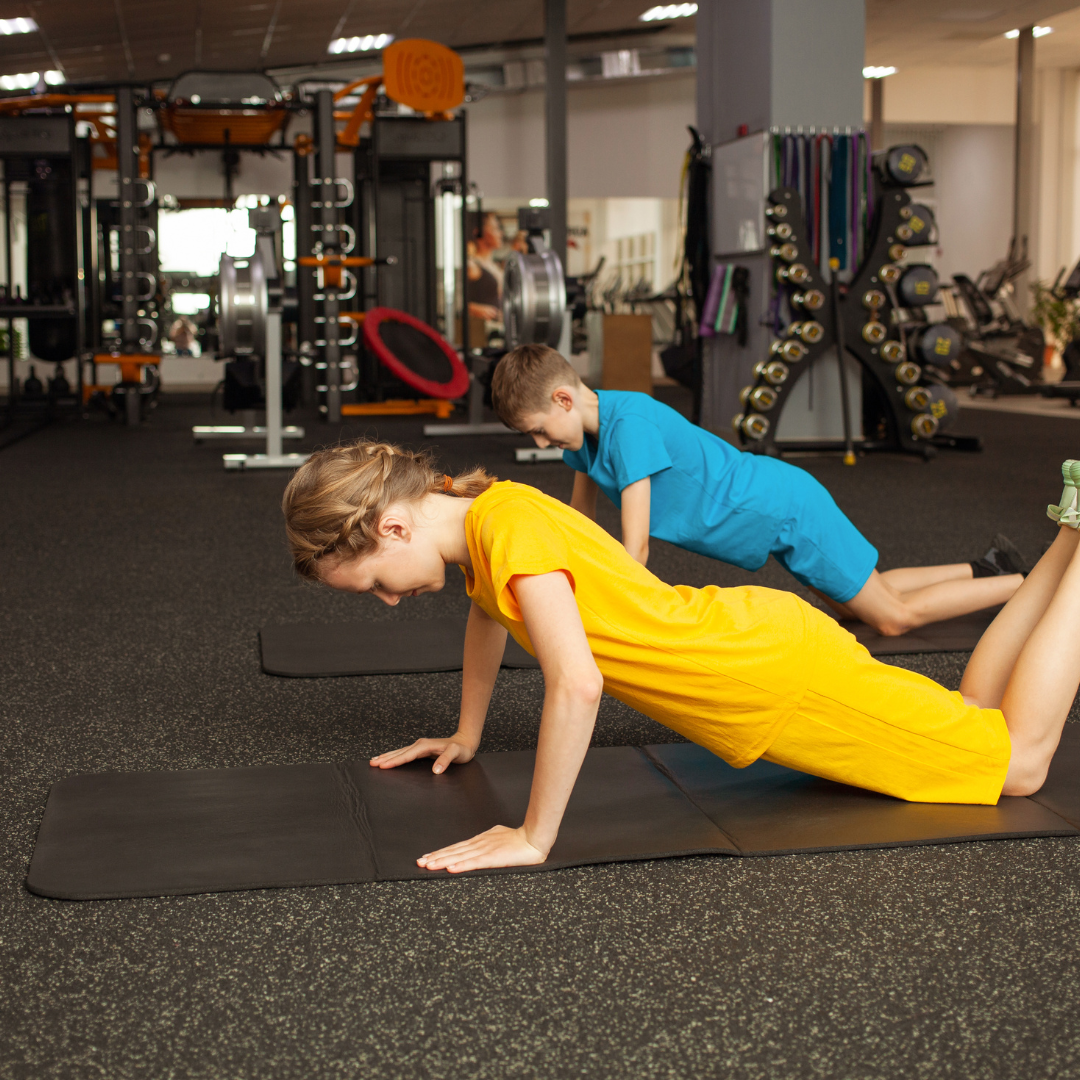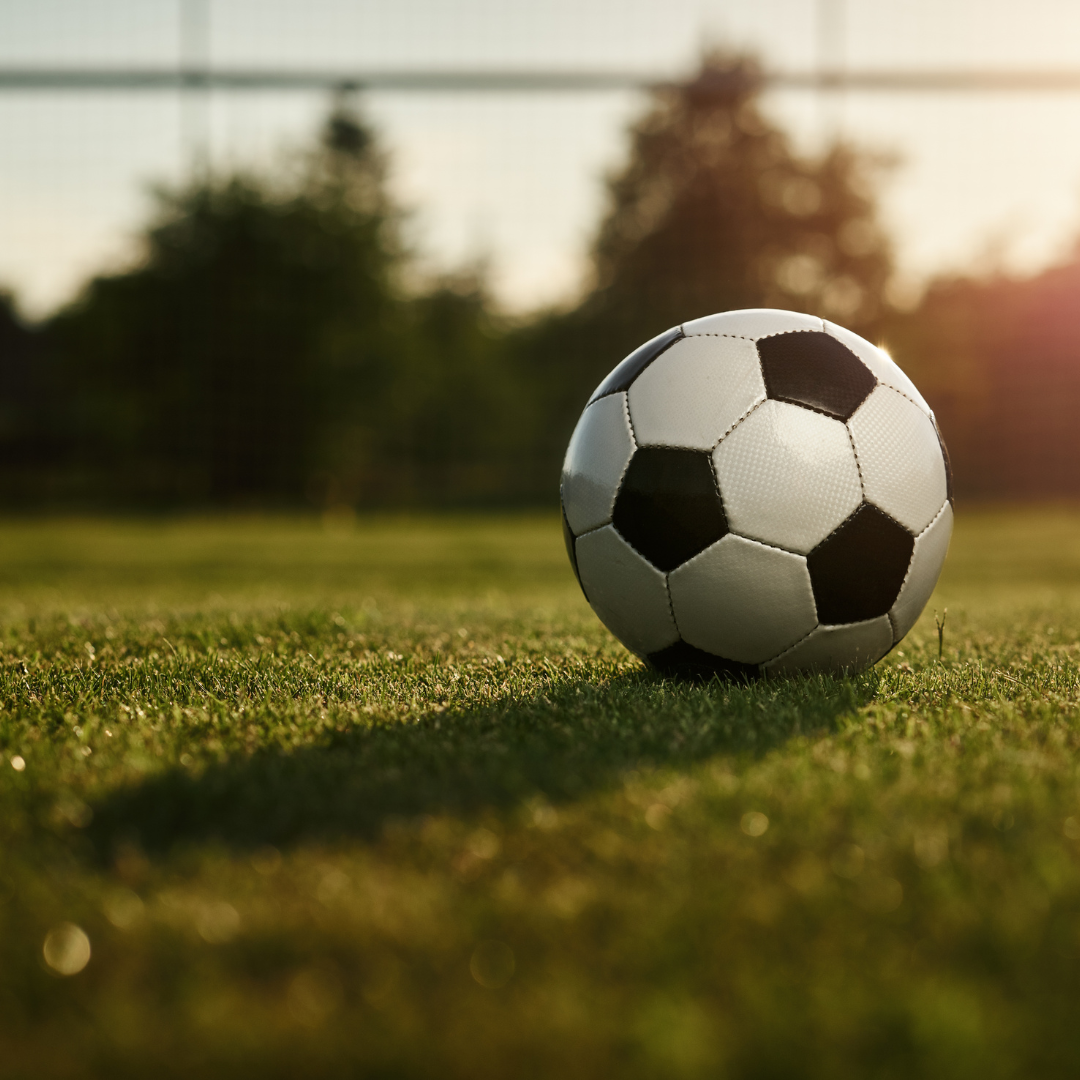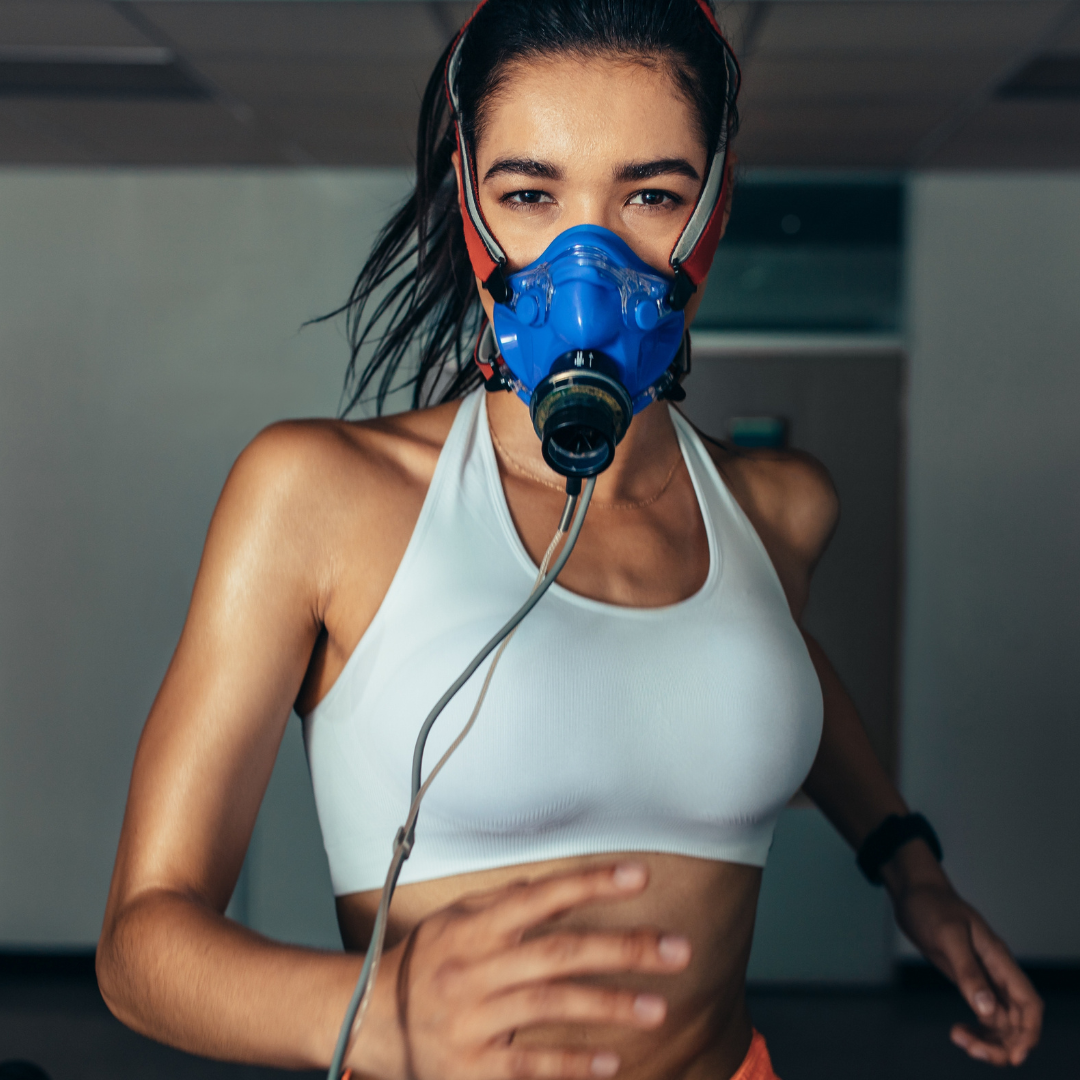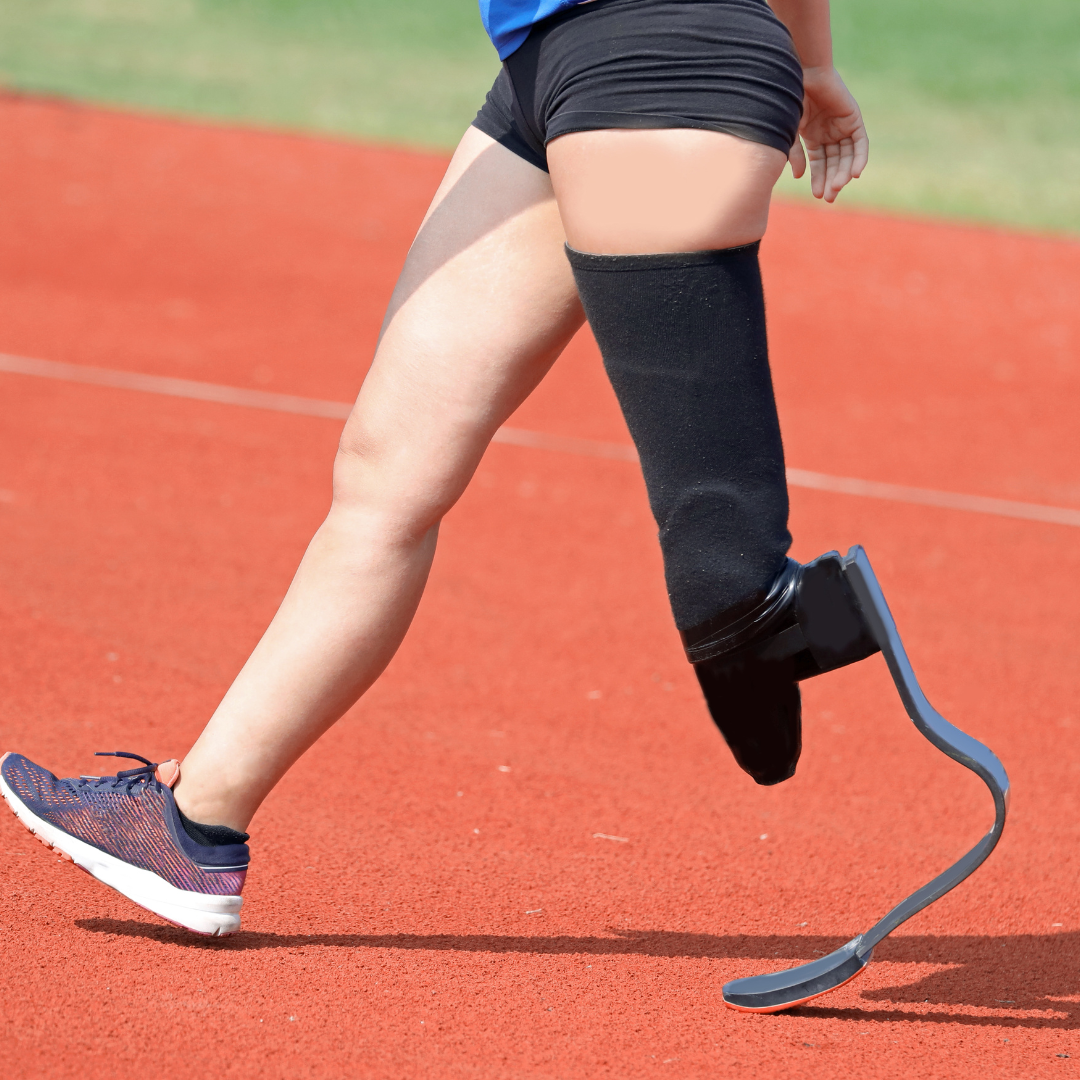Weekly Newsletter
Curated articles every weekApplied Sports Science Weekly Digest #385


Frontiers in Sports and Active Living | December 2024
Physical activity and content in a variety of physically active learning: an observational case study of real-world practices
“This study provides novel insights by being the first to investigate the organization and content of PAL enacted by experienced teachers in their teaching and the corresponding PA levels in their real-world practices.“

Frontiers in Sports and Active Living | December 2024
Effects of a 10-week athletic performance program on match performance variables in male professional football players
“The findings demonstrate that integrating a 10-week multicomponent Athletic Performance Program into traditional training routines is effective in enhancing match performance variables, particularly in high-intensity actions such as sprints and running speed.“

Frontiers in Sports and Active Living | December 2024
Exploring athletes’ experiences and perspectives on an educational program for athletes in the Pacific Islands
“Overall, the VOA offers significant benefits and has strong potential for broader application and customization across diverse environments. This can significantly contribute to the comprehensive growth of athletes and young people worldwide.”

Frontiers in Sports and Active Living | December 2024
Faster intervals, faster recoveries – intensified short VO2max running intervals are inferior to traditional long intervals in terms of time spent above 90% VO2max
“High intensity interval training for improving maximal oxygen consumption is a fundamental component of specific preparation phases for middle- and long-distance runners.”

Frontiers in Sports and Active Living | December 2024
Factors influencing sport development among women with disabilities: a case study of a visually impaired Spanish Paralympic woman
“This case study presents the perceptions of a female athlete with regard to the beginnings and development of sport in the Paralympic framework, underlining the need to promote actions that help and encourage the development and participation of women with disabilities in sport.”
Newsletter History
Applied Sports Science Weekly Digest #350
Frontiers in Sports and Active Living | May 2024PRO-FIT-CARE study: the feasibility assessment of a pilot online exercise intervention for persons living with obesity and female infertility"The study highlights challenges with adherence to an online exercise program....
Applied Sports Science Weekly Digest #349
Frontiers in Sports and Active Living | April 2024Assessing sleep quality in elite and junior cyclists"This study provides valuable insights into athlete sleep quality, encompassing various categories, genders, and cycling disciplines."Frontiers in Sports and Active...
Applied Sports Science Weekly Digest #348
Frontiers in Sports and Active Living | April 2024How traditional Norwegian outdoor activities are changing; a 10-year follow up in relation to sociodemographic factors"A social gradient is apparent as those with higher education do participate more often in...
Research Articles
Suggested articles for further readingBODY COMPOSITION
Jackson, A and Pollock, M. Generalized equations for predicting body density of men. British Journal of Nutrition. 1978;40:497-504. Abstract
Siri, W. Body composition from fluid space and density. Brozek & A. Hanschel (Eds.), Techniques for measuring body composition. 1961;223-244. Abstract
Brozek, J, Grande, F, Anderson, J, and Keys, A. Densitometric analysis of body composition: Revision of some quantitative assumptions. Annals of the New York Academy of Sciences. 1963;110:113-140. Abstract
INJURY PREVENTION IN YOUTH ATHLETES
Chu, D., A. Faigenbaum, and J. Falkel. Progressive Polymetrics for Kids. Monterey, CA: Healthy Learning. 2006
Hewett, T. G. Myer, and K. Ford. Reducing knee and anterior cruciate ligament injuries among female athletes. J Knee Surg 18:82-88. 2005.
Micheli, L. Preventing injuries in sports: What the team physician needs to know. In: F.I.M.S. Team Physician Manual, 2nd ed., K. Chan, L. Micheli, A. Smith, C. Rolf, N. Bachl, W. Frontera, and T. Alenabi, eds. Hong Kong: CD Concept. 2006. pp. 555-572.
RPE (RATING OF PERCEIVED EXERTION)
Pandolf, K, Billings, D, Drolet, L, Pimental, N, and Sawka, M. Differentiated ratings of perceived exertion and various physiological responses during prolonged upper and lower body exercise. European Journal of Applied Physiology and Occupational Physiology. 1984;53:5-11. Abstract
Baden, D, McLean, T, Tucker, R, Noakes, T, and St Clair Gibson, A. Effect of anticipation during unknown or unexpected exercise duration on rating of perceived exertion, affect, and physiological function. J Sports Med. 2005;39:742-746. Abstract
SLEEP
For a more thorough list about sleep, check out Fatigue Science’s extensive research page.
Russel, C., PhD, J.A., PhD, Arand, D., PhD, Myers, L.J., PhD, Wubbels, P., BS, and Downs, H., PhD. Validation of the Fatigue Science Readiband™ Actigraph and Associated Sleep/Wake Classification Algorithms. Archinoetics, LLC.
Globe and Mail. The Globe and Mail, 31 Dec. 2014. Web. 13 Apr. 2015. Article
Mah CD; Mah KE; Kezirian EJ; Dement WC. The effects of sleep extension on the athletic performance of collegiate basketball players. SLEEP 2011;34(7):943-950.
GPS (GLOBAL POSITIONING SYSTEM)
Varley M, Fairweather I and Aughey R. Validity and reliability of GPS for measuring instantaneous velocity during acceleration, deceleration and constant motion. Journal of Sports Sciences. 2012;30(2):121-127. Abstract
Boyd L, Ball K and Aughey R. Quantifying external load in Australian football matches and training using accelerometers. I J Sports Phys and Perf. 2013;8(1):44-51. Abstract
Gabbett T. Quantifying the physical demands of collision sports; does microsensor technology measure what it claims to measure? J Strength and Conditioning Research. 2013;27(8):2319-2322. Abstract
HYDRATION
For a thorough list of publications about hydration, visit the Gatorade Sports Science Institute Publications page.
Osterberg, K, Horswill, C, and Baker, L. Pregame urine specific gravity and fluid intake by National Basketball Association players during competition. Journal of Athletic Training – J ATHL TRAINING. 2009 01-02;44(1):53-7. Abstract
Godek, S, Peduzzi, C, Burkholder, R, Condon, S, Dorshimer, G, and Bartolozzi, A. Sweat rates, sweat sodium concentrations, and sodium losses in 3 groups of professional football players. Journal of Athletic Training. 2010 Jul-Aug; 45(4): 364–371. Abstract
WELLNESS QUESTIONNAIRE
Hooper, S, Mackinnon, L. Monitoring overtraining in athletes: recommendations. Sports Med. 1995;20(5):321–327.
McLean, B, Coutts, A, Kelly, V, McGuigan, M, and Cormack, S. Neuromuscular, endocrine, and perceptual fatigue responses during different length between-match microcycles in professional rugby league players. International Journal of Sports Physiology and Performance. 2010;5:367-383. Abstract
HRV (HEART RATE VARIABILITY)
Holman, A and Ng, E. Heart rate variability predicts anti-tumor necrosis factor therapy response for inflammatory arthritis. Auton Neurosci. 2008;143:58-67. Abstract
Fomin, R and Nasedkin, V. Effective management of athlete preparation: a comprehensive approach to monitoring of athlete’s individual readiness. White paper, Omegawave, ePub. 2013.
FORCE PLATE
Linthorne, N. Analysis of standing vertical jumps using a force platform. American Journal of Physics. 2001. Abstract
Guillaume L, Wagner P, and Tombleson T. Countermovement jump height: gender and sport-specific differences in the force-time variables. Journal of Strength and Conditioning Research. 2013. Abstract
ithlete. Guide to training with heart rate variability (HRV). HRV Fit Ltd. 2012. Download
